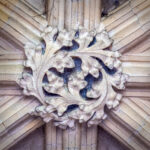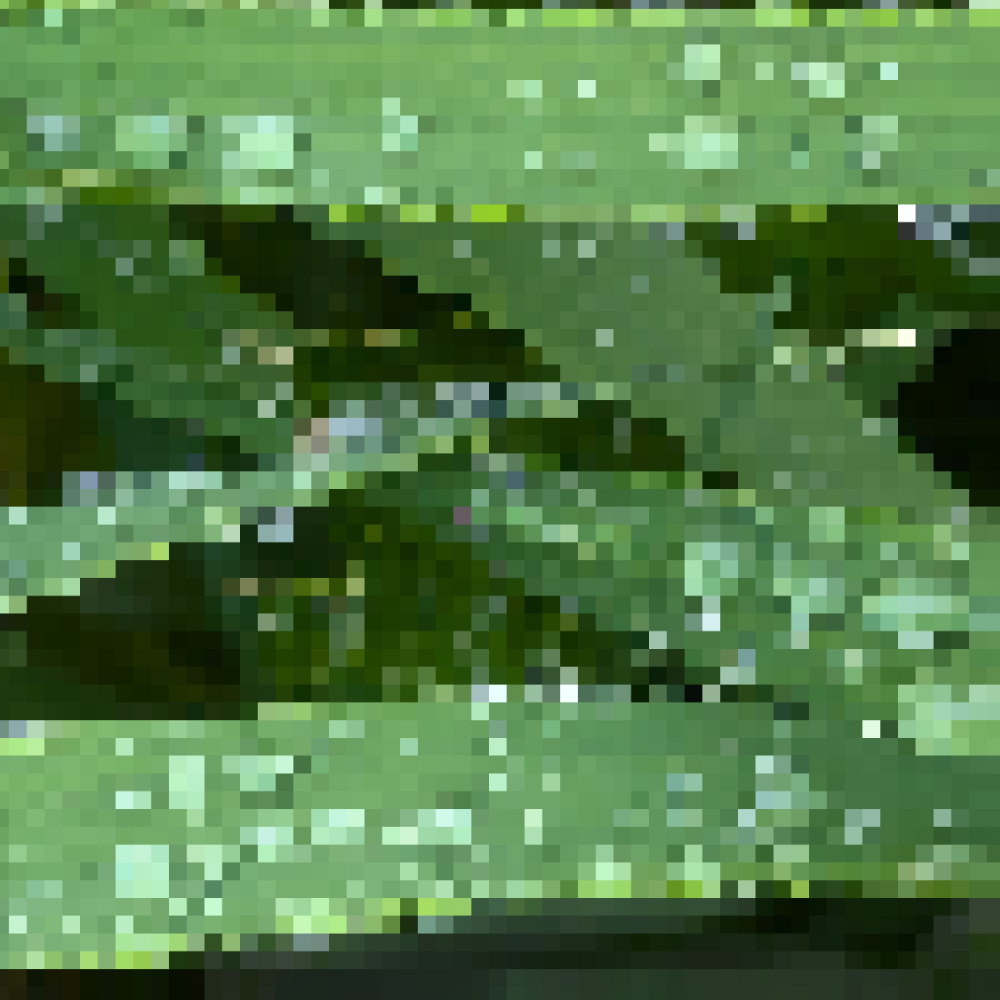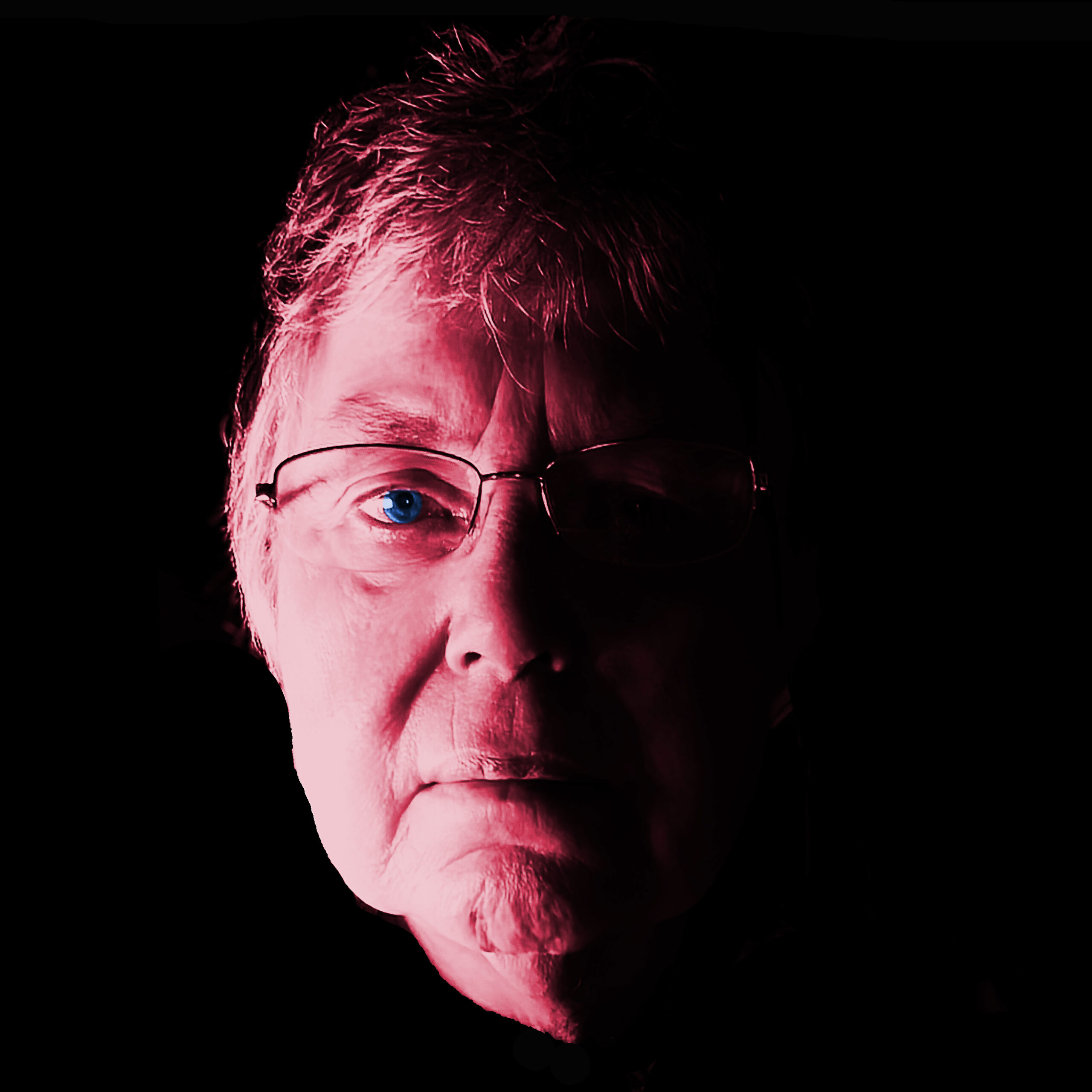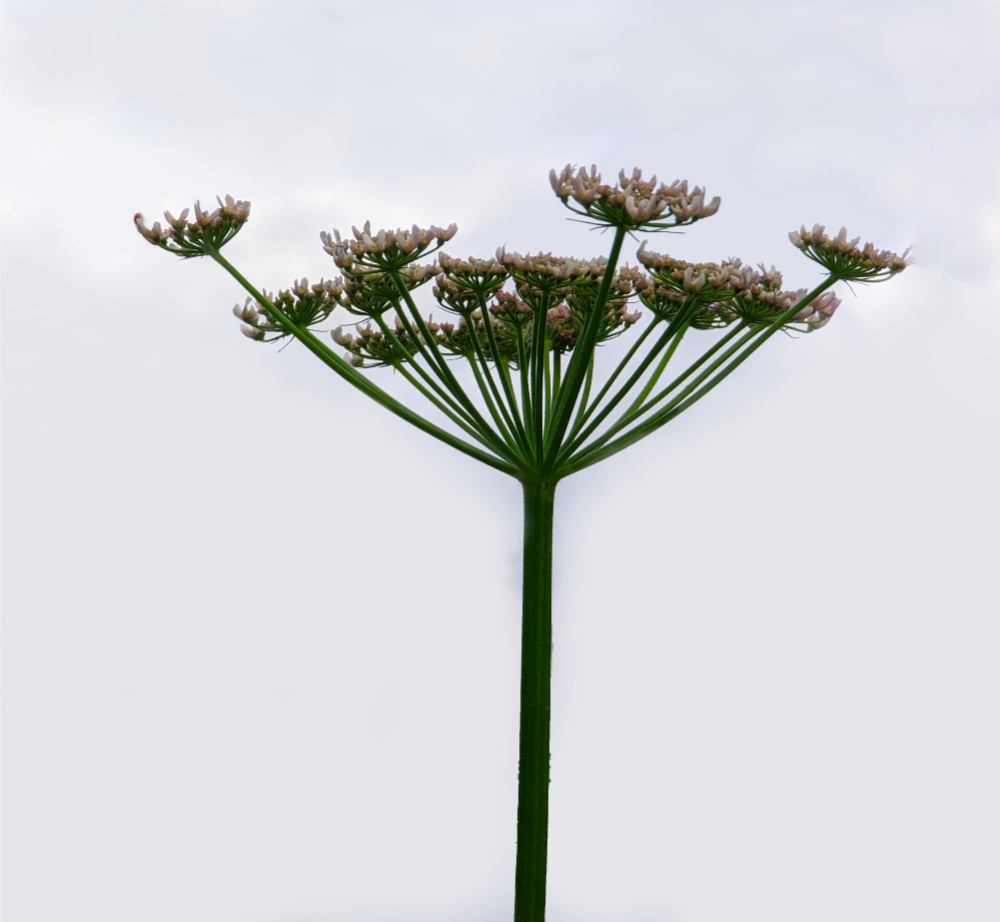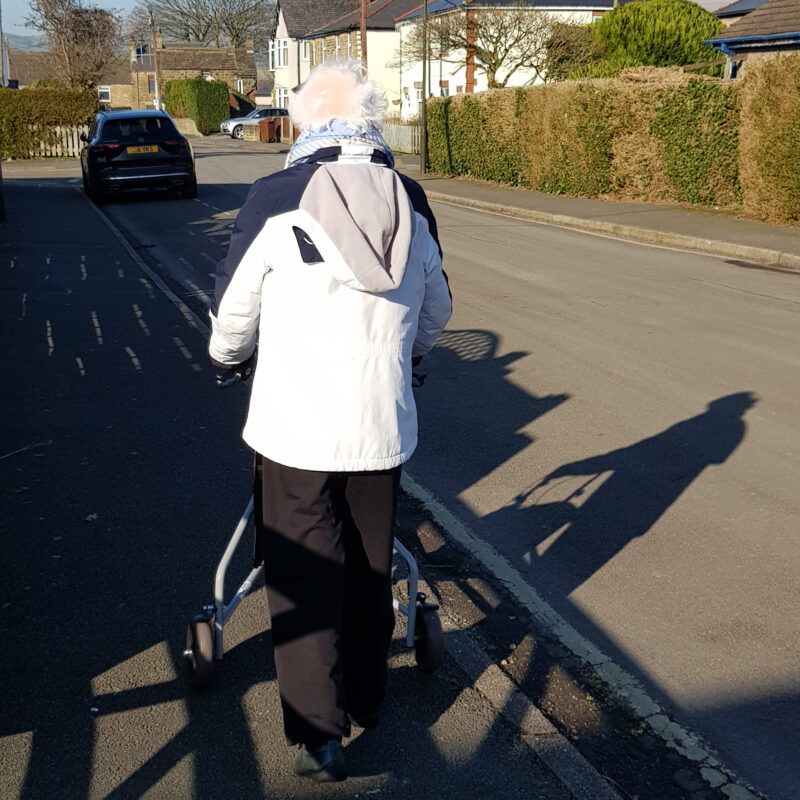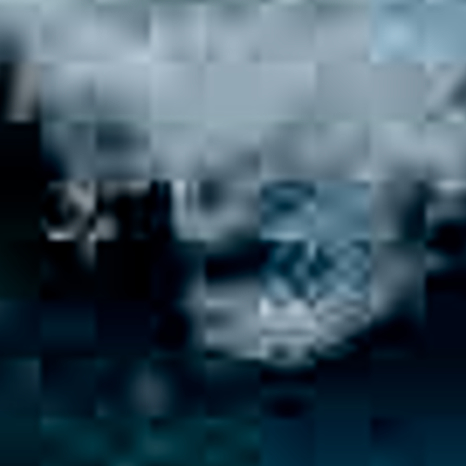Find the work documenting the exercises and research for Project 2 here,
My discussion point is about the surface and depth exercise. I have outlined what I think the two review articles discussing Thomas Ruff’s JPEG project are about here and here.
I think Ruff has been over-promoted. I’d like you to tell me why he hasn’t!
Now that I am reading the pages again for Assignment 2 I can see where we have been led to consider the two dimensionality of the photograph. However, a painting, a drawing or a photograph are not like statues, they are a different art form that, it is true, have ways, rules and techniques of suggesting depth and space, but in the end they are still flat, two dimension images. You cannot see beyond the edges or round the back or any further into the depth than the photographer/artist has chosen to give you access to. The edge of the photograph is an implied frame.
Photographer/artists techniques use a range of techniques overcome the flat nature of a photograph whilst still keeping your interest in the frame. Which at the end is what I took away from this particular assignment.



A postscript note: will grain on an analogue photograph allow you to look deeper into an image as suggested in the film (Blow Up 1966), where the pixels in a digital image will obscure. As noted in the web article “Can you really ‘Zoom and Enhance’ security footage’ [Hughes] pixels are data and “if the data (pixels) is not there you cannot conjure them out of nowhere”. I wonder if that is true nowadays? AI and Topaz software suggests that is not entirely true!
Just as I was about to wrap this assignment up one of my friends mused that pixels are different sizes in different qualities of images. Not sure where this could take me but here is my exploration of that idea:

In the images below a different method of revealing the pixels by zooming into the image on the left above, to exposes the pixels with a different result. Here there is no degradation of the pixels.

